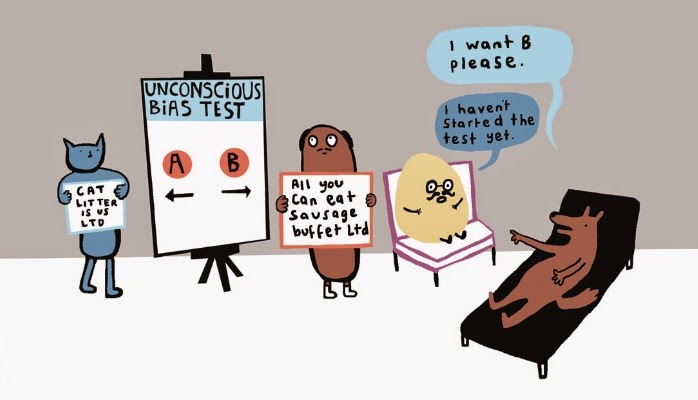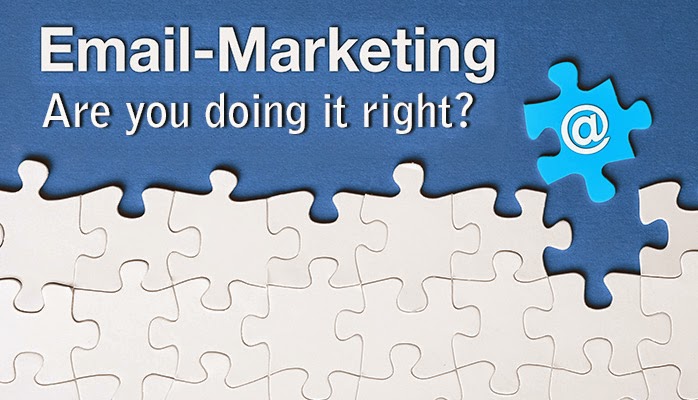Useful Tips for Effective Web Design
Neat and Easy Navigation: Navigation of links on your site plays a big role in determining the stickiness of your site (how long your visitor stays and explores your site). Ask yourself this, What do visitors do as soon as they open your site? They would probably read the content of the present page and then look around to find any other page that interests them.
Clean Layout Design: A clean layout that uses a lot of white space enhances a site's looks. Try to keep the focus on your content, use a template for this. Use fonts that will be available on all computers to prevent your site looking messed up.
Optimum Load Time: Make sure your load time is low. For this you must:
Minimize Graphics, Flash and scripts: They hugely increase your file size.
Optimize your HTML & script code: Make sure that your site doesn't have any unwanted tags or unused scripts.
Use Server Side Include (SSI) files where ever possible. SSI files once called from the web server reside in its cache so on subsequent requests they load faster.
Design for all Screen Resolutions: A site that is easy-to-use always encourages visitors to stay and read your content. For site with long pages of content this is very crucial as the amount of scrolling required is reduced. Suppose your site doesn't look good for a particular resolution it is very probable that the visitor will close the browser window feeling that the web page is not for their viewing. Designing stretch layouts that fit any screen resolution ensures that you know all your visitors see a visually appealing and professional site.
Ensure Web site scalability: Make sure your code and design is scalable. As technology advances and configuration of computers & their monitors keep increasing and varying it is impossible to test your site in all screen sizes and platforms.
Cross Browser Compatible: Make sure you check your site for Internet Explorer 5+, Mozilla Firefox 1.0, Opera 7.0 and Netscape Navigator 6+ as they constitute 95% of the worlds browsers.
Clean Layout Design: A clean layout that uses a lot of white space enhances a site's looks. Try to keep the focus on your content, use a template for this. Use fonts that will be available on all computers to prevent your site looking messed up.
Optimum Load Time: Make sure your load time is low. For this you must:
Minimize Graphics, Flash and scripts: They hugely increase your file size.
Optimize your HTML & script code: Make sure that your site doesn't have any unwanted tags or unused scripts.
Use Server Side Include (SSI) files where ever possible. SSI files once called from the web server reside in its cache so on subsequent requests they load faster.
Design for all Screen Resolutions: A site that is easy-to-use always encourages visitors to stay and read your content. For site with long pages of content this is very crucial as the amount of scrolling required is reduced. Suppose your site doesn't look good for a particular resolution it is very probable that the visitor will close the browser window feeling that the web page is not for their viewing. Designing stretch layouts that fit any screen resolution ensures that you know all your visitors see a visually appealing and professional site.
Ensure Web site scalability: Make sure your code and design is scalable. As technology advances and configuration of computers & their monitors keep increasing and varying it is impossible to test your site in all screen sizes and platforms.
Cross Browser Compatible: Make sure you check your site for Internet Explorer 5+, Mozilla Firefox 1.0, Opera 7.0 and Netscape Navigator 6+ as they constitute 95% of the worlds browsers.


Comments
Post a Comment